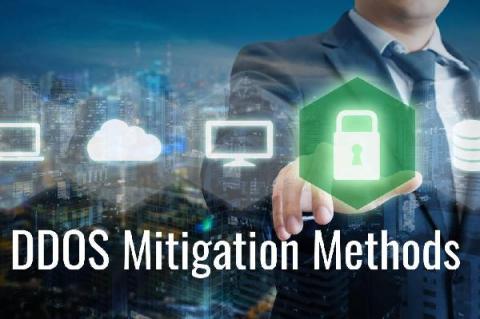Cloud Data Retention & Analysis: Unlocking the Power of Your Data
Enterprise data growth is accelerating rapidly in 2021, challenging organizations to adopt cloud data retention strategies that maximize the value of data and fulfill compliance needs while minimizing costs. To meet this challenge, organizations are adopting or refining their cloud data retention strategies. In this blog post, we’ll take a closer look at the state of data retention and analytics in the cloud.






